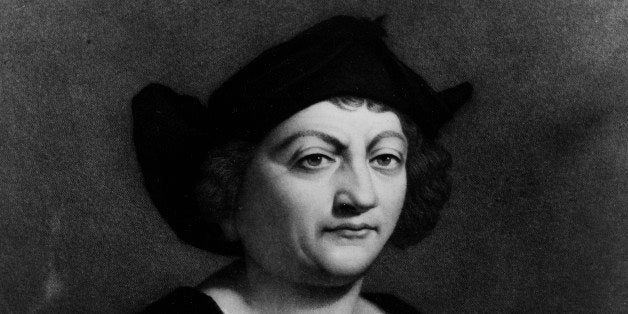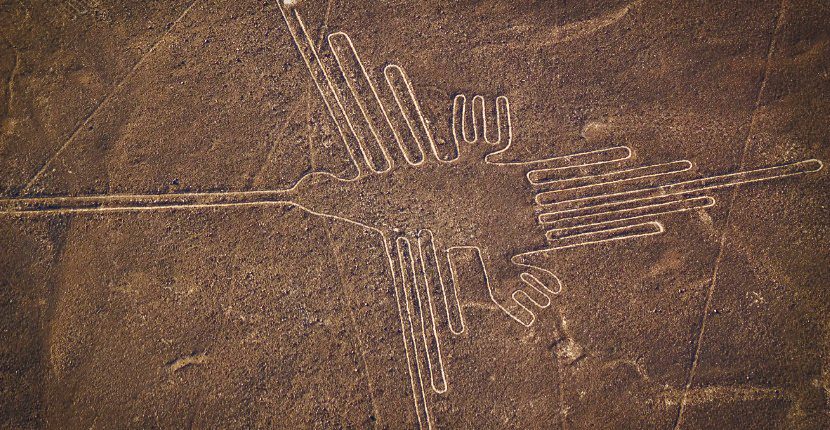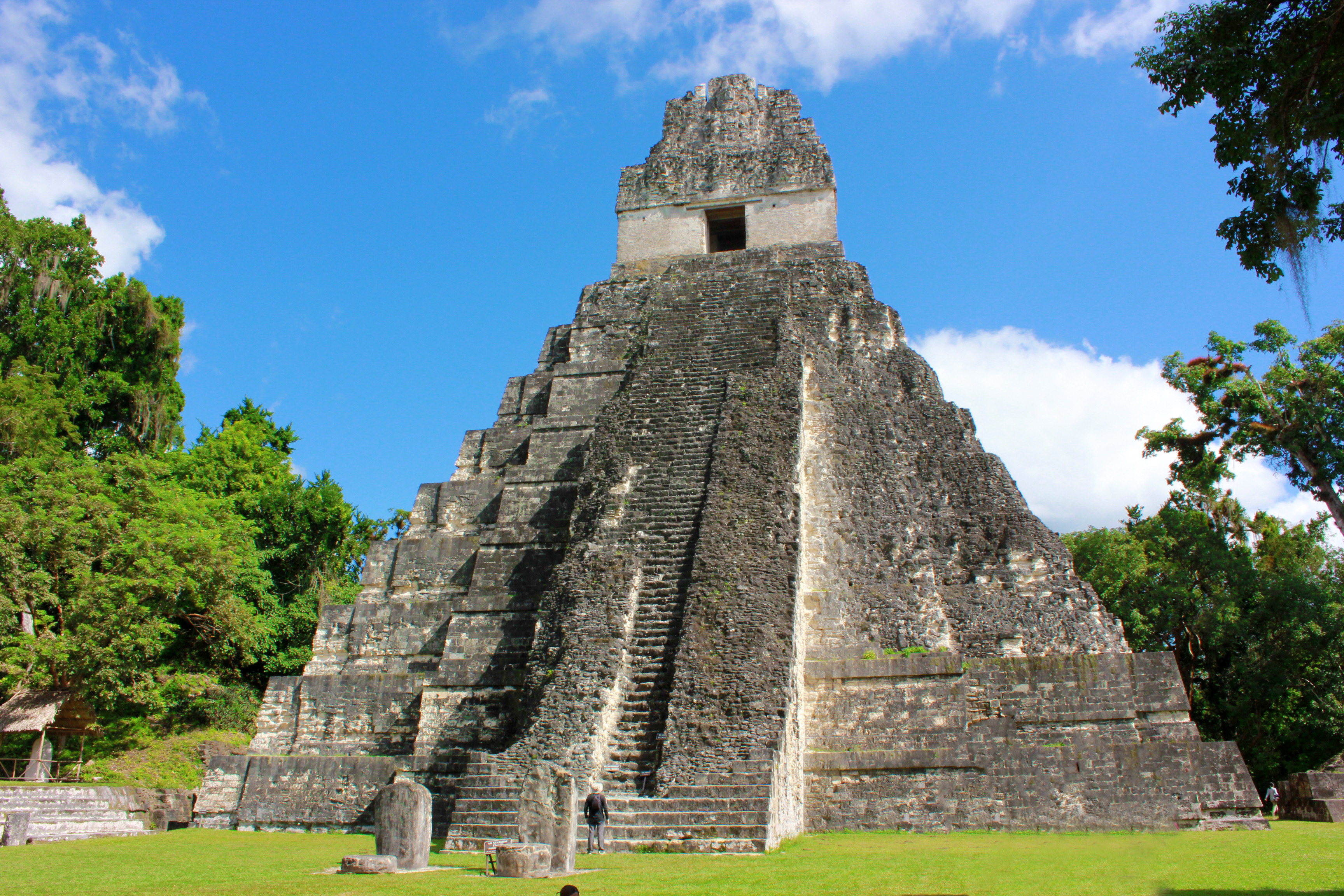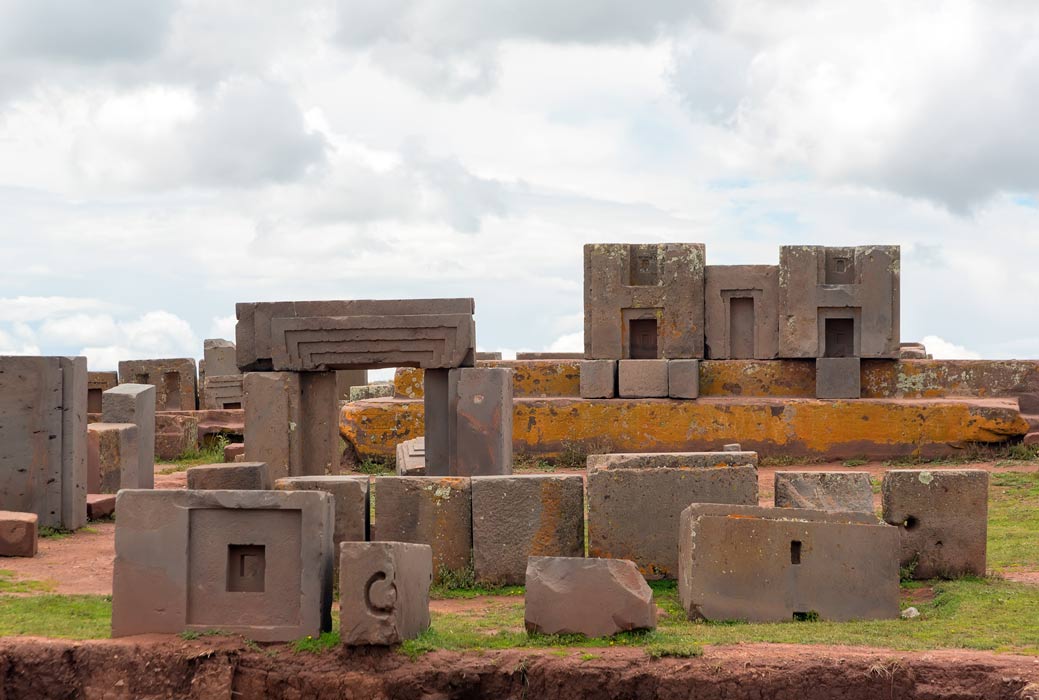I had so much fun making this blog. As I stated in my introduction post, I absolutely love the mysteries we can't answer in life because everyone seems to have an answer to everything, and it can get so, well, boring. It's the mysteries in life that make it so captivating and interesting to live. Throughout this blog, I've covered several mysterious sites and landmarks in Latin America: The legendary and expansive Tikal Ruins, that served as a powerful society for the Mayan empire until it was deserted and inhabited by farmers, and the Puma Punku site, which still baffles archaeologists with its precise rock cuttings and massive constructions. I also covered the creepy Isle of Dolls, with an even creepier legend of a man witnessing a girl drowning, and covering the island with dolls to appease her spirit. The mysteries of the Bermuda Triangle were also explored and the Nazca Lines that are thought to have been sculpted to be seen by the gods. Thank you for reading and exploring these mysteries with me. I would've liked to dive into the theorized solutions more, though that will be a lifelong goal of mine to always learn more, and I hope that I've peaked your interest to do the same. Explore, learn, and think; it leads to some great adventures.
Wednesday, May 6, 2020
How the Readings Speak to my Question
It's an interesting prospect, trying to logically explain mysteries, and often the cultural analyses do little to help my research or speak to my question. However, I do think back to our readings on Columbus and his many journal entries. In regards to the Bermuda Triangle and him seeing strange things in the distance, I recall the readings stating that Columbus began to have a more imaginative mind, explained by the extremely fantastical entries in his journal, looking to the supernatural for things he saw. In addition, I think back to the rich cultures that Latin American societies possessed even long ago, and the amazing things they could accomplish, such as the amazing sites we see today like in the case of the Tikal Ruins.
Entry Update Pt 2:
Thinking of how indigenous populations in Latin America have persisted to this day, in my opinion, speak so much to the respective sophistication of these societies. They are seen to many as primitive peoples who refuse to adhere to modern advances, when in my mind, they really don't need to. Throughout our readings, we have seen how these people have been wronged by those more "sophisticated" than them, although they live in a way that is different but just as important and civil. I believe that as these indigenous populations were able to create such sites like Puma Punku and the Tikal ruins, they had bright lives and lived in a way that is full, albeit different from others. Today, these indigenous people are misunderstood but still have a way of life worth preserving in my eyes.


Entry Update Pt 2:
Thinking of how indigenous populations in Latin America have persisted to this day, in my opinion, speak so much to the respective sophistication of these societies. They are seen to many as primitive peoples who refuse to adhere to modern advances, when in my mind, they really don't need to. Throughout our readings, we have seen how these people have been wronged by those more "sophisticated" than them, although they live in a way that is different but just as important and civil. I believe that as these indigenous populations were able to create such sites like Puma Punku and the Tikal ruins, they had bright lives and lived in a way that is full, albeit different from others. Today, these indigenous people are misunderstood but still have a way of life worth preserving in my eyes.

Wednesday, March 4, 2020
What Have I Learned so Far?
So far, I have learned about a variety of historical landmarks, including the following:





- Xochimilco’s Island of Dolls

- Apologizing for the unsettling and slightly grotesque imagery, this landmark in Mexico is a fascinating place to visit or even learn about in a safe, removed location if it pleases you. Legend claims that a man named Don Julio Santana moved to the island and witnessed the drowning of a girl in a well and found her doll with the body. Since then, he believed the island to be haunted by the girls spirit, and to appease her, he strung up dolls all around the island. This a menacing and strange place to visit, but enticing nonetheless.
- The Nazca Lines

- According to History.com, this "collection of giant geoglyphs" are located about 250 miles south of Lima, Peru. Widespread attention first came to the Nazca Lines in the 30s when pilots would fly over them although they were being studied since 1926. Many conspiracy theorists hypothesized that there was a connection between the geoglyphs and aliens, although many archaeologists and other researchers have easily poked holes in these theories. Though much about these lines have been discovered, there still lies quite a lot of intrigue and mystery, and as more geoglyphs are found, much to the thanks of advanced drone technology, we get closer to the truth.
- The Tikal Ruins

- One of the most fascinating things about this amazing site, is that despite being an extremely complex and powerful society belonging to one of the most prominent empires in Latin America's history, the Tikal Ruins remained relatively hidden as it had a very sparse population surrounding the area. Very few people even knew about its past significance when colonists arrived in the 1500s. The site's significance dates back to 1000 B.C., although the city, also known as Yax Mutal, was a more prominent Mayan city from 200 to 900 A.D. For 300 years after the earlier third century, the city was plagued by heavy warfare, and due to resulting deforestation from overpopulation as well as epidemics, much of the city's inhabitants left, and the legendary ruins became inhabited by farmers.
- Puma Punku

- This majestic site to see to this day still has no probable explanation for its mysterious nature. Something that has boggled archaeologists since it was discovered: how these giant stones were cut with such precision while hammer and chisel were the only tools available to the society. Even today, only extremely advanced drill technology is able to cut stone with that precision. In addition, these pieces of stone are perfectly replicated and symmetrical in a way that is astounding. Puma Punku is seen as the peak of Andean architectural achievement and is marveled around the world. Alien theorists of course see alien technology as a viable solution to the question no one can answer, while they've been largely debunked by skeptics. Today we are no closer to finding the truth behind this marvel, though we try.
- The Bermuda Triangle

- The phrase being coined by Vincent Gaddis in a 1964 magazine article, the Bermuda Triangle has been a mystery to everyone, although it is officially not seen as a hazard to the coast guard and people safely travel through it every day without a hitch. With the legend being attributed to William Shakespeare's The Tempest, Christopher Columbus wrote in his journals 500,000 square miles off the southeastern tip of Florida that he saw a meteor, though he referred to it as a great flame of fire, fall into the ocean and seeing a strange light in the distance weeks later, even recording irregular and erratic compass behavior, though that could be explained by the location of magnetic north and true north at the time. In the 1900s many ships and planes, as well as their rescue missions were lost in the Bermuda Triangle even after broadcasting an all clear and all's well signal. No theory has given a definite solution to these mysterious disappearances yet though the efforts continue.
Welcome! + Research Question
Hello there and welcome to my blog about historical sites in Latin America! I have chosen this topic because ever since I was young, I have been fascinated with the mystery and intrigue found in historical landmarks around the world. The history of countries outside of the United States is so rich and exciting to me as I've visited many beautiful places around Europe, but I have always been more drawn to those that have a mysterious history that leaves you with questions that often have no answers. I am excited to be able to inform you about the expansive history that accompanies the landmarks we will explore together. To focus my research and provide a more exciting blog to readers, my research question is: how do people believe many of the mysterious landmarks came to be and what does legend tell us?


Subscribe to:
Comments (Atom)
